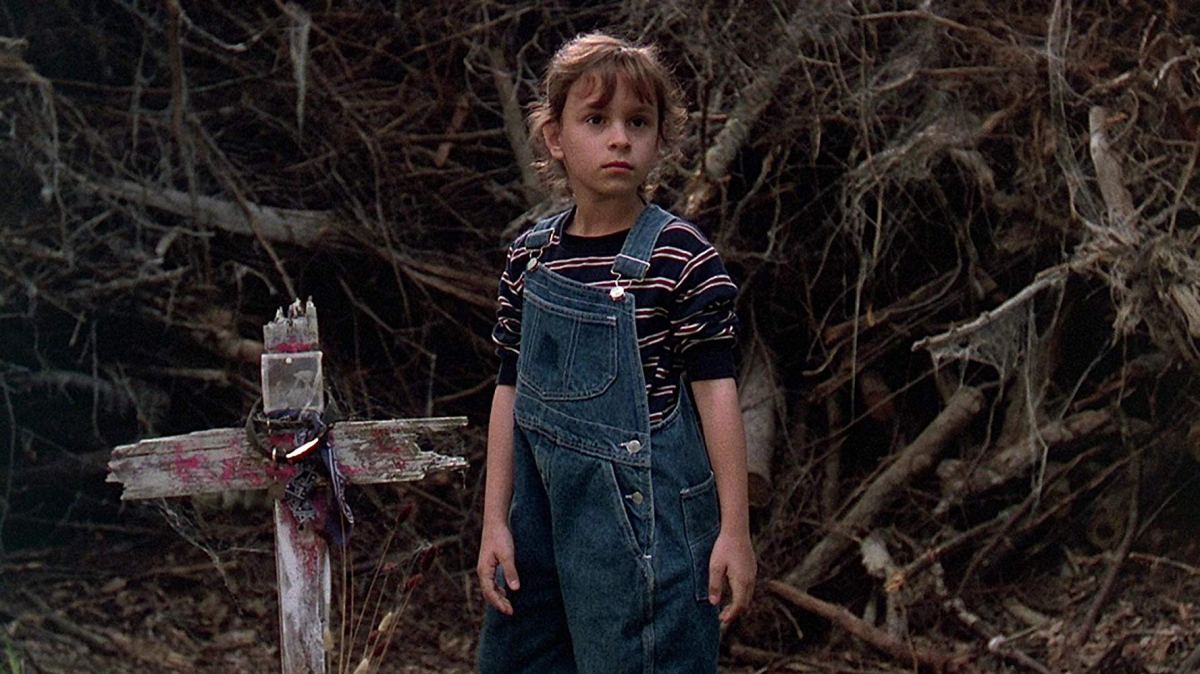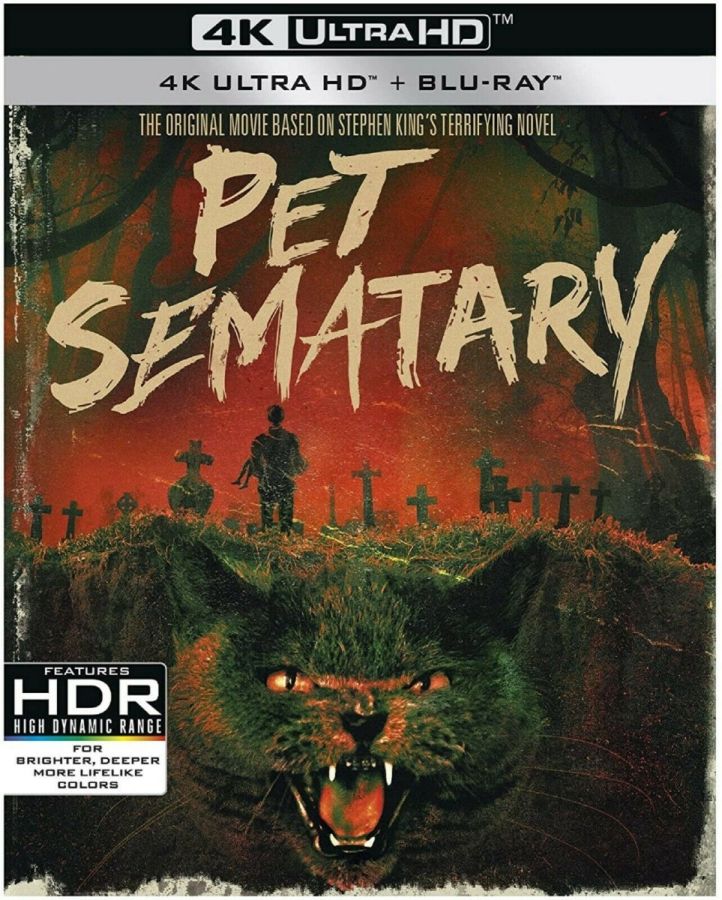Have you ever stopped to think about what you'd do to bring back someone you lost? Whether it's a child or a beloved pet, the lengths we'd go to for those we love can be staggering. This is the heart-wrenching question at the core of Stephen King's chilling novel Pet Sematary, which has been adapted into not one, but two films. The first, now available on 4K Ultra HD and Blu-Ray, premiered 30 years ago, while the second is currently showing in theaters. Both versions dive deep into the haunting themes of loss, obsession, and the consequences of tampering with the natural order of life and death.
Unraveling the Premise of Pet Sematary
Let's break it down. Dr. Louis Creed, played by Dale Midkiff, relocates his family to the serene state of Maine, where he befriends the affable local, Jud Crandall, portrayed by Fred Gwynne, who you might recognize as Herman from The Munsters. When tragedy strikes and the Creeds' cat meets an untimely end, Jud advises Louis to bury it near an old pet cemetery — spelled "sematary" in the film. Miraculously, the cat comes back to life, but something's off. Its personality has taken a dark turn for the worse. Then, when Louis' young son, Gage, played by Miko Hughes, tragically passes away, Louis, despite warnings from Jud and haunting visions, decides to bury the boy in the same cursed ground. As Jud ominously warns, sometimes, dead really is better.
The Visionary Behind the Camera
The original Pet Sematary is directed by Mary Lambert, whose journey in filmmaking began with music videos for legendary artists like Chris Isaak, Annie Lennox, Mick Jagger, The Go-Go's, Whitney Houston, Sting, Debbie Harry, and Madonna. Her first feature film was 1987's Siesta, starring Jodie Foster and Ellen Barkin. But it was Pet Sematary that cemented her place in the horror genre. Mary describes herself as a huge fan of Stephen King, having read all of his major works, including The Shining and The Stand. Despite not initially seeing herself as a "horror director," she's always had a fascination with the supernatural, fairy tales, science fiction, and anything that offers a peculiar twist on reality.
Read also:Discovering Jason Kelces Daughters Names A Closer Look Into Their Lives

Mary's journey into the world of Pet Sematary began when she was sent the script and immediately recognized its resonance with her previous work, Siesta. That film revolved around obsession, centering on a stuntwoman so consumed by her love for a man that she couldn't leave the earthly plane after dying in a tragic accident. Similarly, Pet Sematary explores the dangers of being so consumed by a deceased loved one that it leads to disastrous consequences. Mary sums up the essence of the film with the haunting phrase: "Dead is better." This simple yet powerful statement encapsulates the entire premise better than any elaborate explanation could. It's Stephen King's genius to weave existential themes of mortality and human behavior into a story that captivates audiences.
Delving into the Emotional Core

For Mary, the power of Pet Sematary lies in its ability to take a story of family, emotion, attachment, and love and push it into its darkest realms. "Everyone lives with the fear that someone they love is going to die," Mary explains. "Whether it's a child — one of the most terrifying fears a parent could have — or your spouse or partner, this fear is ever-present. However, the film's focus on the death of a child caused many to shy away. Some actors we approached were even afraid to take part. At the time, I wasn't a mother, so it was a bit easier for me. I think it would have been more challenging after having a child. But Pet Sematary certainly broke taboos when it came to discussing the death and resurrection of a child."
Tackling Taboos in Filmmaking



